Tucked between Sicily and Tunisia, Pantelleria is Italy’s hidden volcanic gem that most travelers never hear about. I stumbled onto this rugged island paradise while searching for a break from the usual Mediterranean crowds.
Pantelleria brings together Italian culture and North African vibes, so you get this wild mix of jagged volcanic cliffs and natural hot springs.
The island feels like a secret—one that Italians themselves keep for their own getaways. Each time I visit, the dramatic black volcanic rock against the deep blue sea grabs my attention.
You won’t find sandy beaches here. Instead, the coastline is all about lava inlets and bizarre rock formations, which makes swimming and exploring genuinely different.
What keeps pulling me back to this 32-square-mile Sicilian satellite is its real, soulful feel. Forget luxury resorts or tourist traps.
I spend my days soaking in thermal pools, wandering through ancient stone homes, and eating food that blends Italian and Arab flavors. The island’s remoteness is exactly what makes it unforgettable.
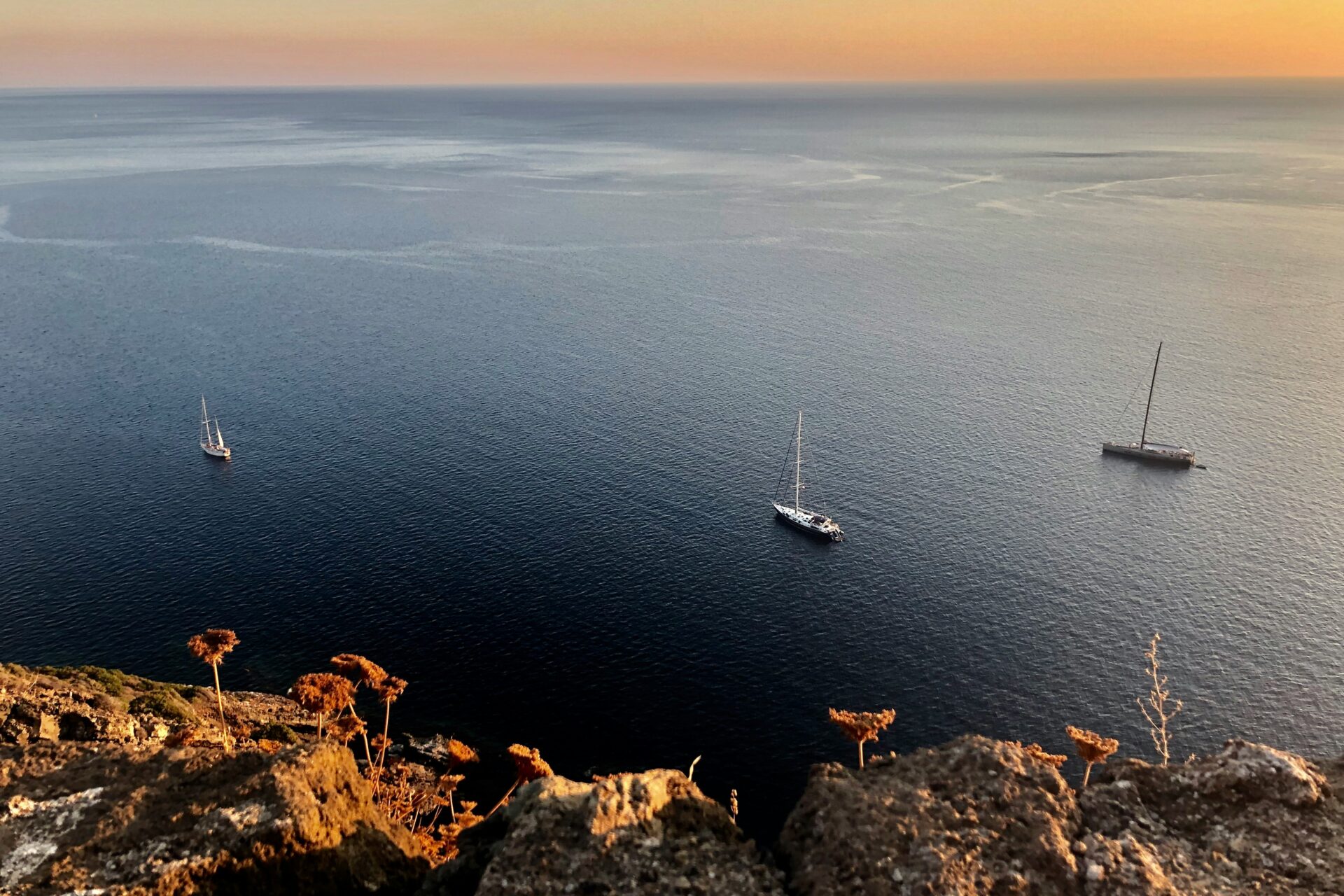
Why Pantelleria Is Italy’s Most Adventurous Island Escape
Pantelleria brings a kind of adventure you just don’t find elsewhere in Italy. This volcanic island sits at a crossroads between continents, so the experience feels both familiar and exotic.
Discovering Pantelleria’s Unique Location
Pantelleria sits in a surprising corner of the Mediterranean that most people overlook. Technically, it’s part of Sicily, but it’s actually closer to Tunisia than to Italy itself.
That odd geography creates a fascinating cultural mashup.
I found this volcanic wonder while chasing lesser-known Italian spots. The island’s black volcanic landscape feels almost alien—jagged cliffs dropping straight into electric-blue water.
The climate is dry and windswept, which gives Pantelleria a vibe you won’t find anywhere else in Italy.
Locals have built these sturdy stone houses called dammusi to handle the elements.
Pantelleria’s wild, untamed nature is what makes it so adventurous. Don’t expect sandy beaches; instead, you’ll find hidden coves and sea-carved lava inlets that take some effort to reach.
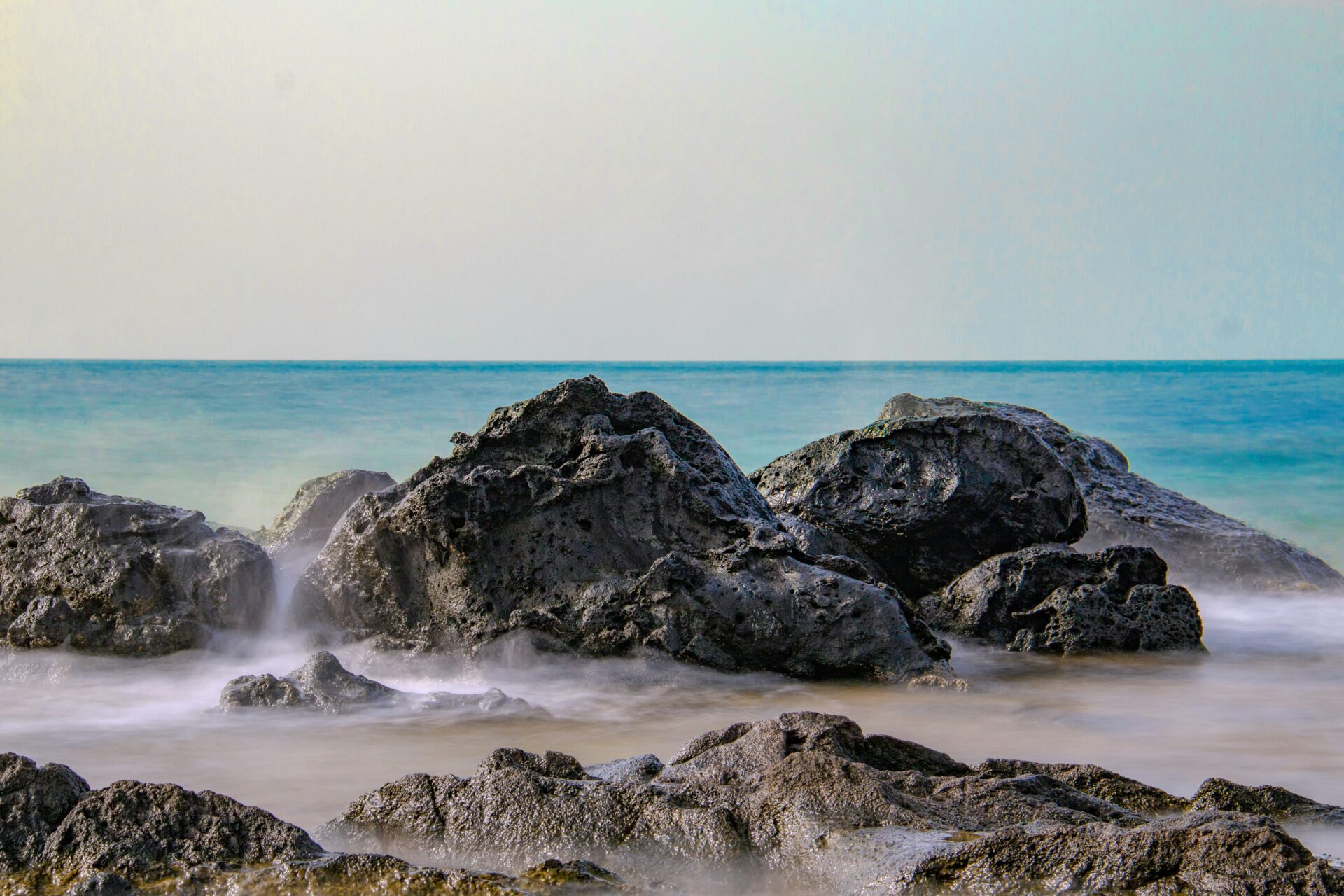
Pantelleria Versus Sicily’s Other Islands
Stack Pantelleria up against Sicily’s other islands and the differences jump out. The Aeolian Islands have their luxury resorts, the Aegadian Islands their fishing villages, but Pantelleria manages to stay authentic and uncrowded.
While most Sicilian islands float in the Tyrrhenian Sea, Pantelleria sits in the Strait of Sicily. That means different water conditions and a whole different marine world.
I’ve gone diving here and seen volcanic formations you just won’t spot anywhere else.
Pantelleria doesn’t have the built-up infrastructure of the other islands. You’ll need to hike or drive off-road to explore.
Volcanic hot springs and mud baths offer natural spa experiences you don’t get on many other Italian islands.
I’ve soaked in those mineral-rich waters, looking out toward Africa, and it’s honestly surreal.
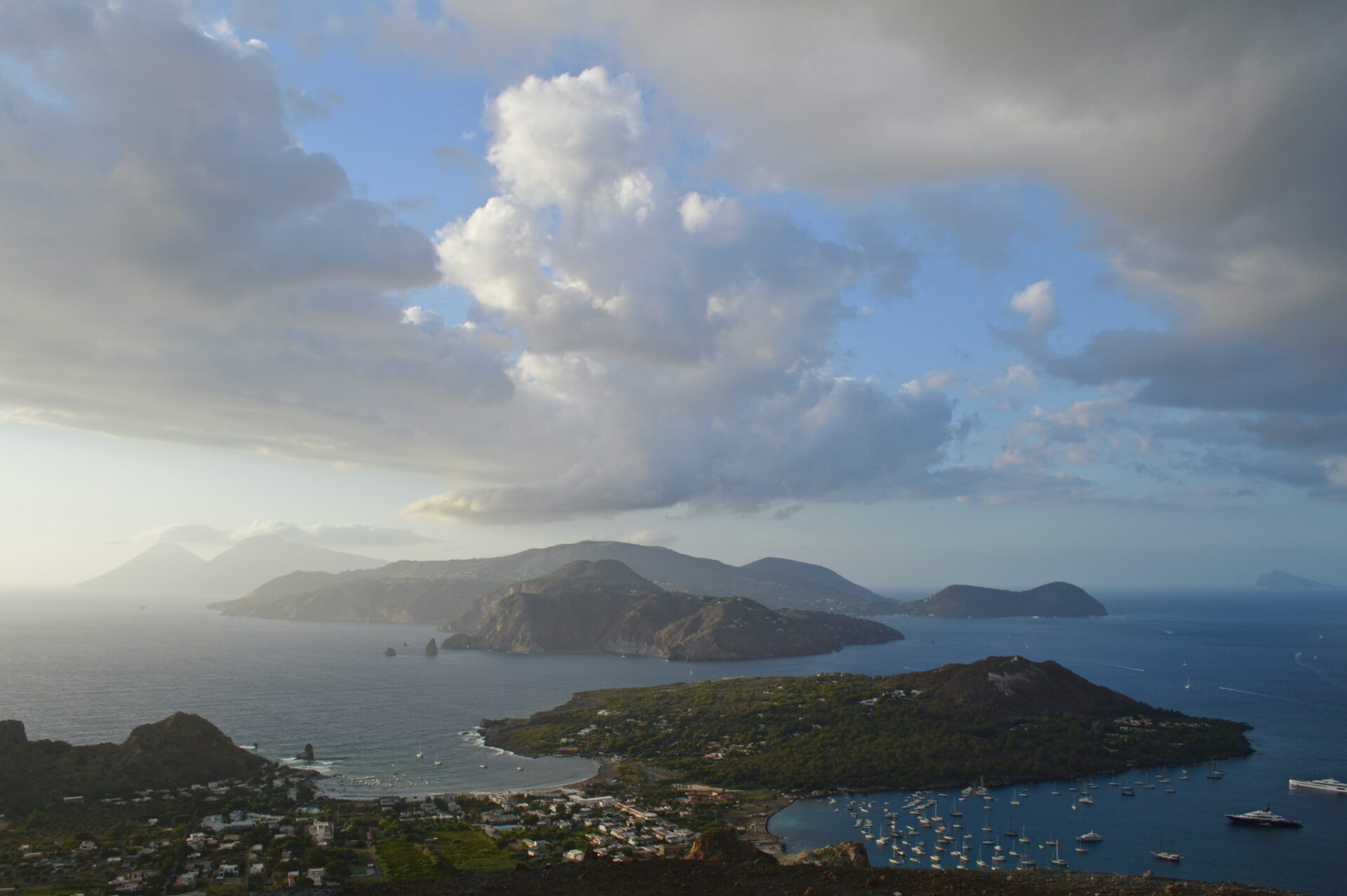
Getting to Pantelleria and Getting Around
Getting to this hidden Mediterranean spot takes a bit of planning. But honestly, the journey is half the fun.
Once you’re on the island, you’ll find a few ways to get around at your own pace.
Travel Options to the Island
Flying is the quickest way to reach Pantelleria. In summer, I found direct flights from Rome, Milan, and Palermo—the trip from Sicily only takes about an hour.
Book early, though. Flights fill up fast, and TripAdvisor reviews back that up.
If you’d rather travel by sea, overnight ferries run all year between Trapani (Sicily) and Pantelleria. My ferry ride turned out to be an adventure in itself!
During summer, a speedy hydrofoil makes the trip in just over two hours.
When planning your trip, check seasonal schedules. Winter means fewer options, while summer brings more choices (and higher prices).
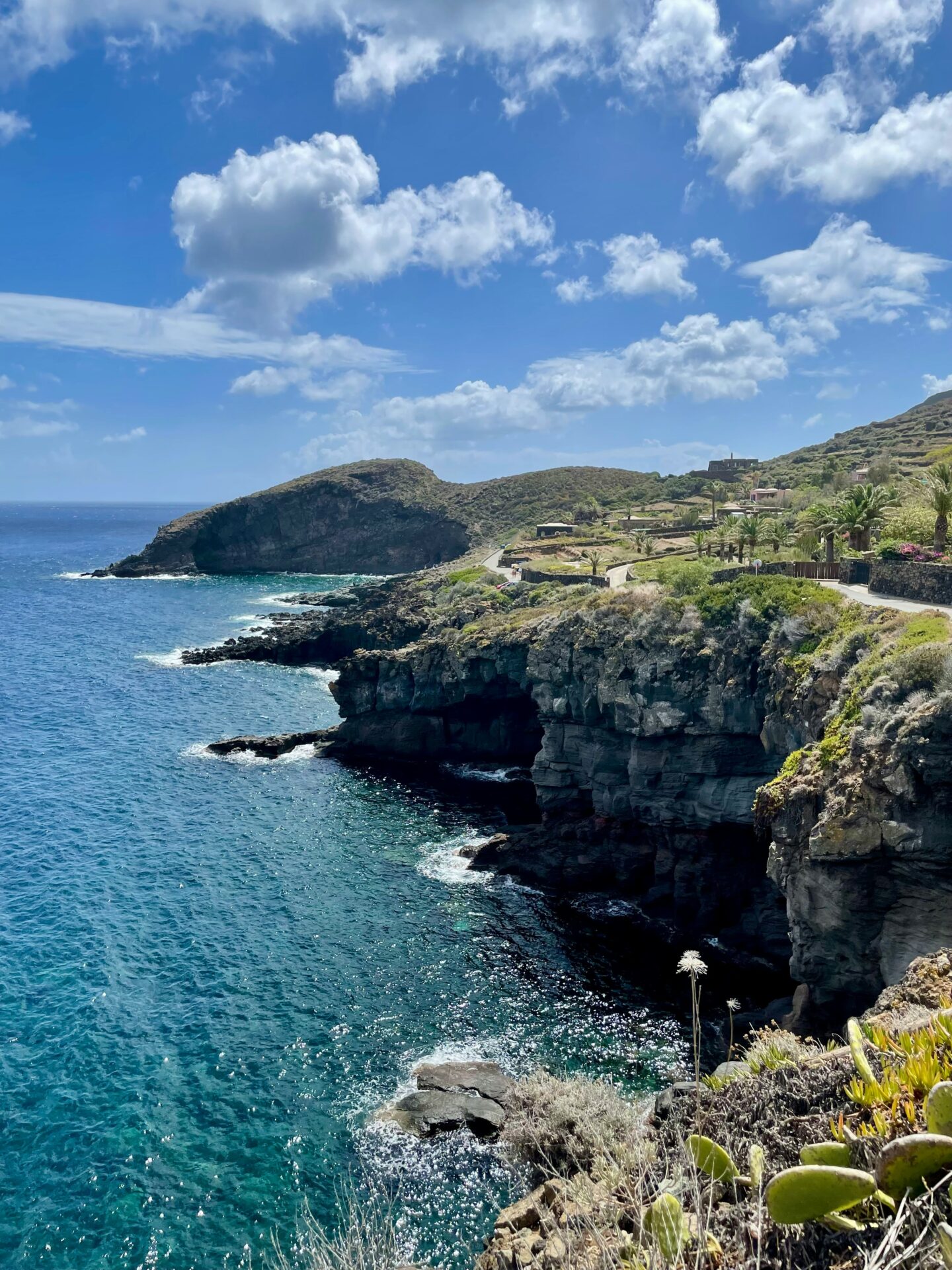
Taxis, Rentals, and Local Transport
When I landed on Pantelleria, I realized right away that having my own wheels was a must.
Renting a car or scooter is the best way to find the island’s secret coves and volcanic landscapes.
Most rental places are near the airport and harbor.
Taxis exist, but they get pricey if you want to explore for a whole day. I saved a few reliable taxi numbers from TripAdvisor forums, just in case.
There’s a public bus, but it’s limited and the schedule is a bit unpredictable. I wouldn’t count on it if you’re on a tight timetable.
Many hotels and rentals offer airport or harbor pick-ups. That helped a ton when I first arrived, before I had my rental car sorted out.

What Makes Pantelleria Special: Landscape, Climate, and History
Pantelleria’s magic comes from its dramatic volcanic terrain, unique climate, and rich historical tapestry.
This island sits closer to Africa than Europe, which gives it a character you won’t find anywhere else in Italy.
Volcanic Wonders and Dramatic Landscape
The first time I set foot on Pantelleria, the otherworldly landscape floored me.
Black lava rocks line the coast, shaping a rugged, stunning shoreline carved by volcanoes and the sea.
Forget about sandy beaches—here, cliffs and stone formations create a wild setting for swimming and sunbathing.
The island’s interior is just as striking, covered in Mediterranean scrub and dotted with dammusi, those traditional stone homes with white domes that fit right into the volcanic hills.
Hot springs bubble up all over the island, making for some incredible natural baths.
If you go, don’t skip the Specchio di Venere (Venus’s Mirror), a lake in a volcanic crater where you can slather on mineral-rich mud and soak in the scene.
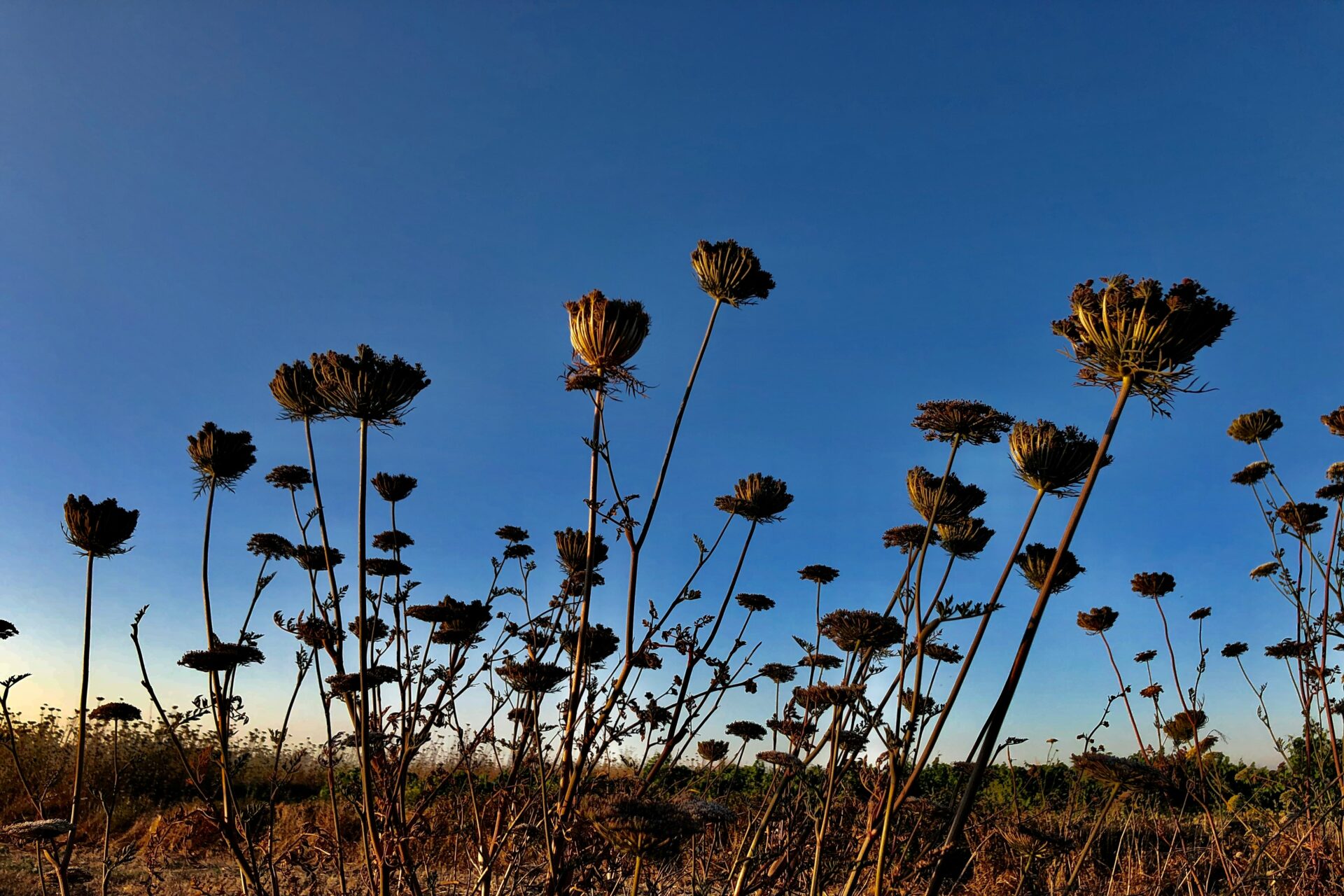
Pantelleria’s Climate and Windswept Character
The island’s climate shapes everything here.
Pantelleria sits between Sicily and Tunisia, so it has hot, dry summers and mild winters. It stays pretty arid all year.
Wind is a huge part of life on the island. The constant breezes have influenced everything, from the way people build houses to how they grow food.
Farmers stack circular stone walls (jardinu) to shield their citrus and olive trees from the wind.
I think the best times to visit are late spring and early fall—temperatures are comfortable and the winds aren’t as fierce.
Summer is great for swimming, but be ready for the famous sirocco winds coming in from Africa.
Locals call Pantelleria the “Daughter of the Wind,” and honestly, you feel that energy everywhere you go.

A Storied Past: From Romans to Normans
Pantelleria’s spot in the Mediterranean has drawn all kinds of civilizations over the centuries.
The island saw neolithic settlers first, then Phoenicians who used it as a trading post.
Romans arrived in 217 BCE and left behind ruins and farming traditions that still shape the island. You can see their influence in the sweet Passito di Pantelleria wine.
When the Arabs ruled, they brought big changes—dammusi architecture, new irrigation, and even the island’s name. “Pantelleria” comes from the Arabic “Bent el Riah,” or “Daughter of the Wind.”
Later, Normans, Spanish, and Italians each left their mark on the food, language, and customs. Today, you get this one-of-a-kind blend of African and European influences.

Where to Stay: Dammusi, Luxury Hotels, and Suites
Pantelleria’s accommodation scene is as unique as the island itself.
You’ll find everything from ancient stone homes to luxury resorts, so there’s something for every taste and budget.
Traditional Dammusi Homes
I fell for dammusi on my first trip to Pantelleria.
These traditional stone houses with thick walls and white domed roofs are more than just Instagram fodder—they’re brilliant for the island’s climate.
Le Case del Principe has some of the most authentic dammusi experiences. The thick stone keeps the inside cool, and the vibe is pure Pantelleria.
Dammusi Sciuvechi sits in a quieter spot surrounded by nature. I loved sipping my morning coffee on a private terrace with the sea in the distance.
Most dammusi rentals come with kitchenettes, which is perfect for tossing together meals with local ingredients. Prices usually range from €80-200 a night, depending on what you need.
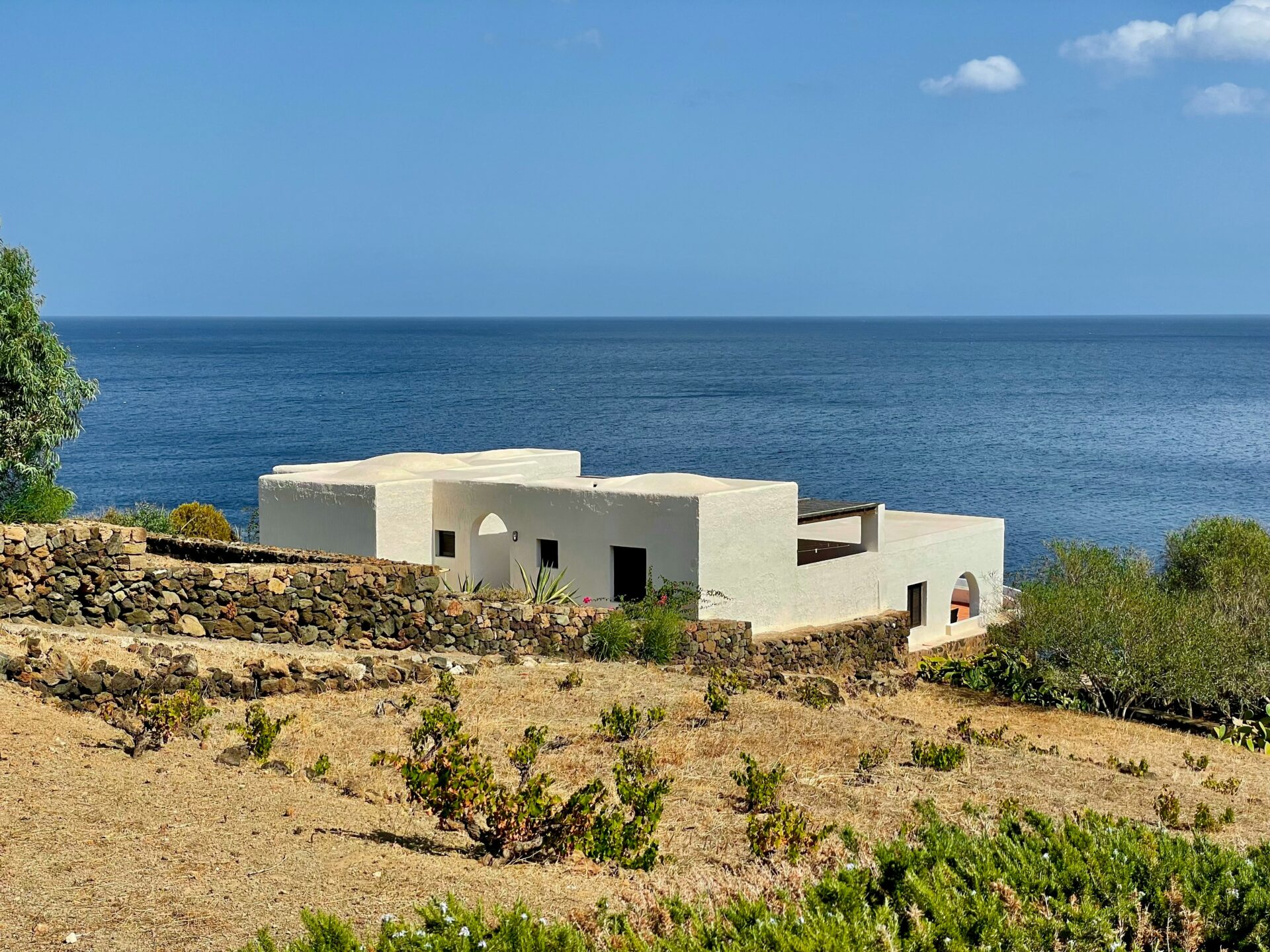
Sikelia and High-End Stays
If you’re after luxury, Sikelia is the island’s top spot. This boutique hotel mixes dammusi style with a modern twist.
With just 20 suites, the place always feels calm and private.
Their restaurant serves up local dishes with a creative spin—definitely worth a meal or two.
Pools are rare on Pantelleria, but Sikelia’s infinity pool is a stunner. It looks out over vineyards and the sea.
Other upscale choices include Dammusi La Kuddia, where you get romantic suites, private pools, and air-conditioning. The service there really stands out.
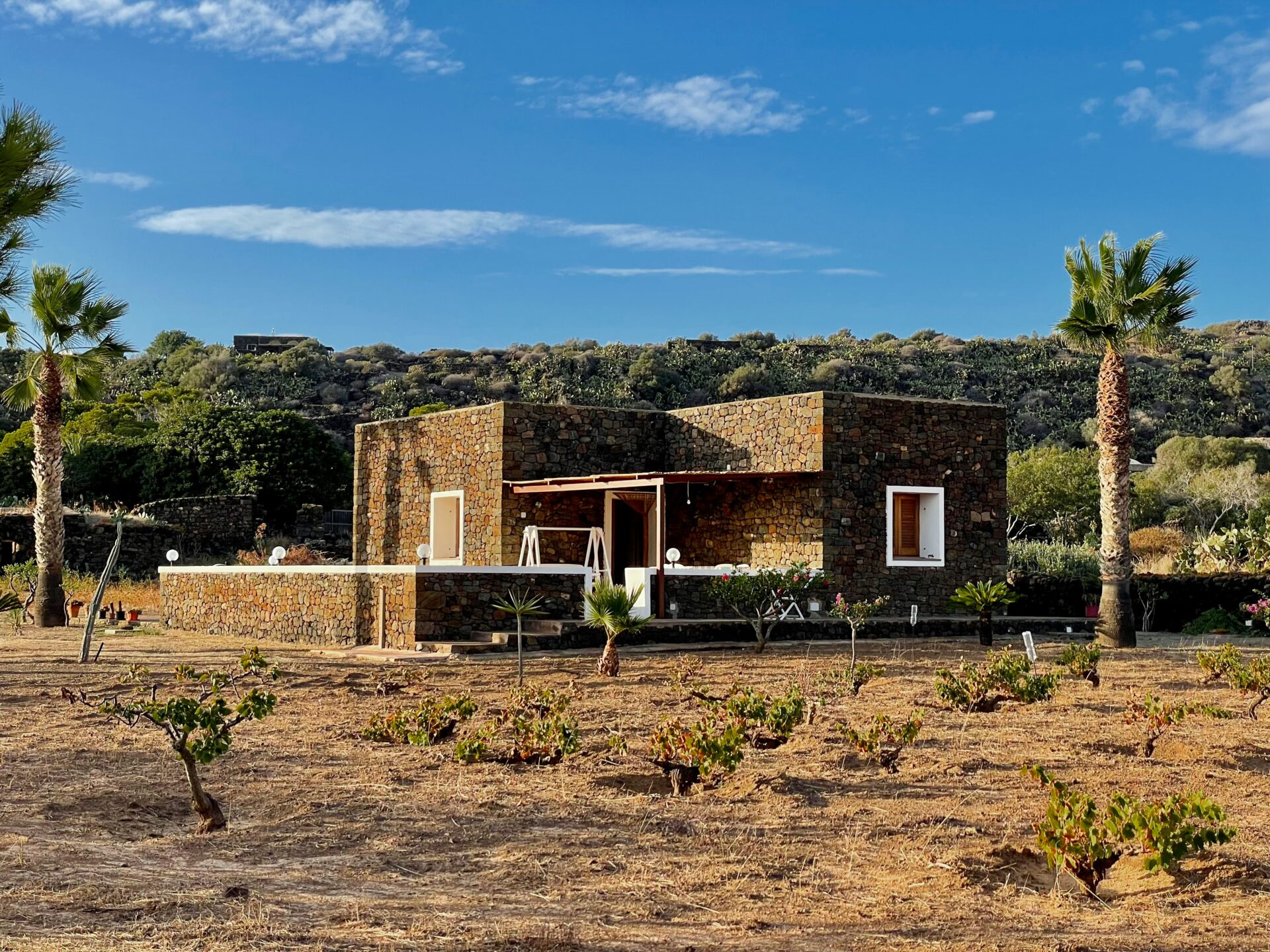
Suite Recommendations
If you’re traveling with family or friends, book a larger dammusi suite at places like La Kuddia.
These usually offer:
- Multiple bedrooms
- Full kitchens
- Private outdoor areas
- Air conditioning
- Sometimes private pools
My favorite stay was a two-bedroom suite at Dammusi Sciuvechi with a terrace facing the sea—so much space, perfect for a longer trip.
Solo travelers or couples might prefer the smaller boutique suites. Look for breakfast-included deals to start your day with local treats.
If you’re planning to visit in high season (June-September), book early. Many places offer discounts if you stay a week or more.

Unforgettable Experiences: Beaches, Diving, and Beyond
Pantelleria is packed with natural wonders that go way beyond its volcanic landscape.
From hidden coves with clear waters to underwater adventures along lava flows, this island rewards anyone who’s up for exploring.
Exploring Secluded Beaches
Pantelleria’s beaches aren’t like the ones on other Italian islands.
Balata dei Turchi blew me away—a black stone beach with water so blue it almost looks fake.
You’ll need to hike down rocky paths or hop on a boat to reach most beaches.
Cala Levante is a favorite for swimming, with calm, clear water surrounded by dramatic rocks.
Don’t skip Cala Tramontana, where I spent hours soaking in hot springs bubbling up through the rocks right at the sea’s edge.
The mix of hot mineral water and cool sea creates a natural spa you won’t forget.
Bring water shoes! Most beaches are rocky or pebbly, not sandy, which keeps crowds away but makes decent footwear a must.
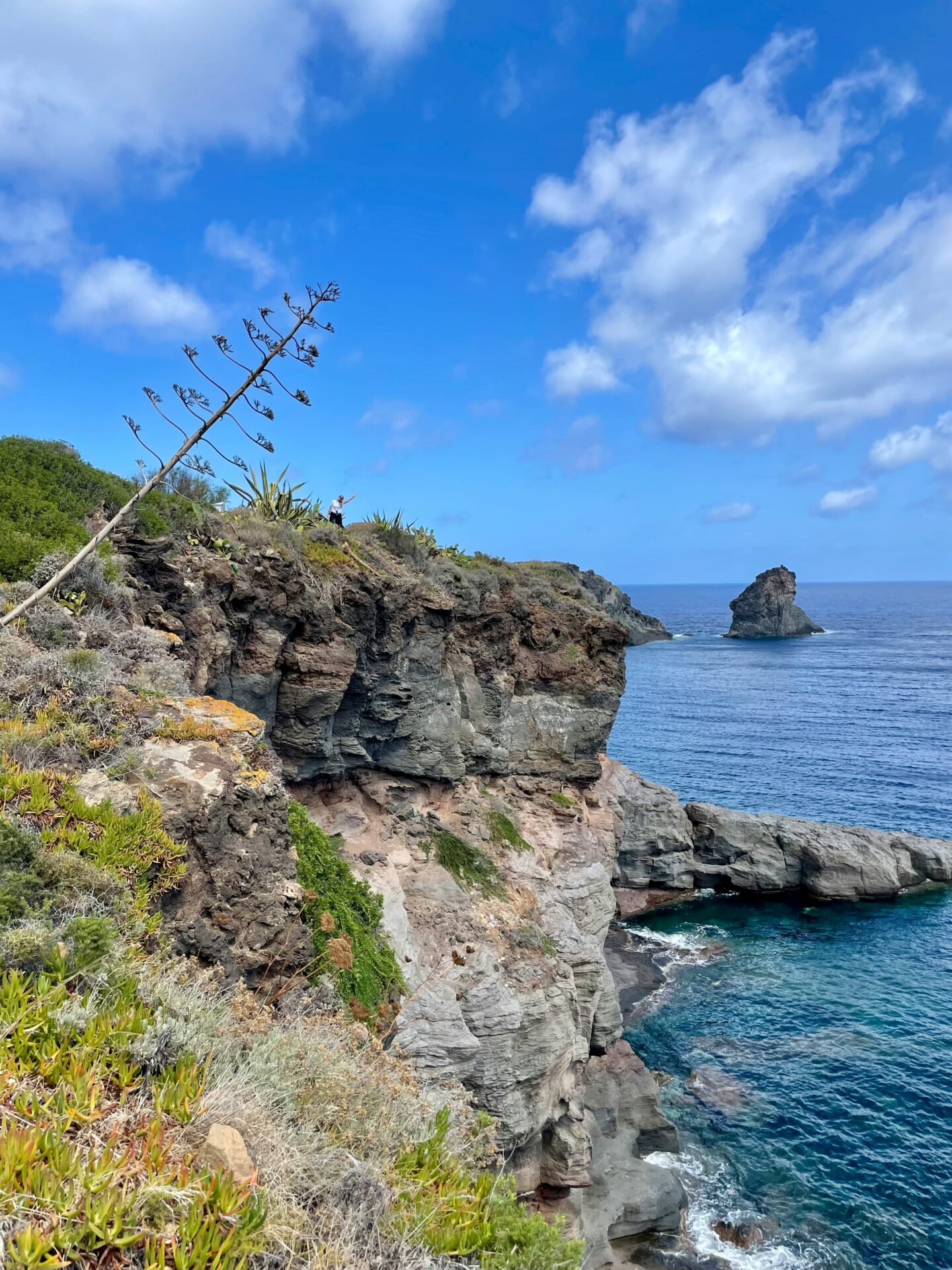
Diving, Snorkelling, and Boat Tours
Pantelleria’s underwater world shows off the island’s volcanic roots in unforgettable ways. When you dive along the black lava flows, you get this otherworldly feeling that’s tough to find anywhere else in the Mediterranean.
I went ahead and booked a boat tour that came with snorkelling equipment. That let me check out several dive spots in just one day.
The water here? It’s insanely clear—most days you can see more than 30 meters. I spotted colorful fish darting around, explored sea caves, and swam past wild volcanic formations.
Top Diving Spots:
- Punta Spadillo – You’ll find dramatic drop-offs and volcanic archways
- Khammame – Underwater hot springs bubble up from the seabed
- Suvaki – Great for beginners, with gentle slopes and plenty of marine life
Most boat tours make a full loop around the island. They stop at hidden beaches you just can’t reach by land.
Expect to pay about €60-80 per person for these trips, and that usually covers lunch and snorkelling gear.
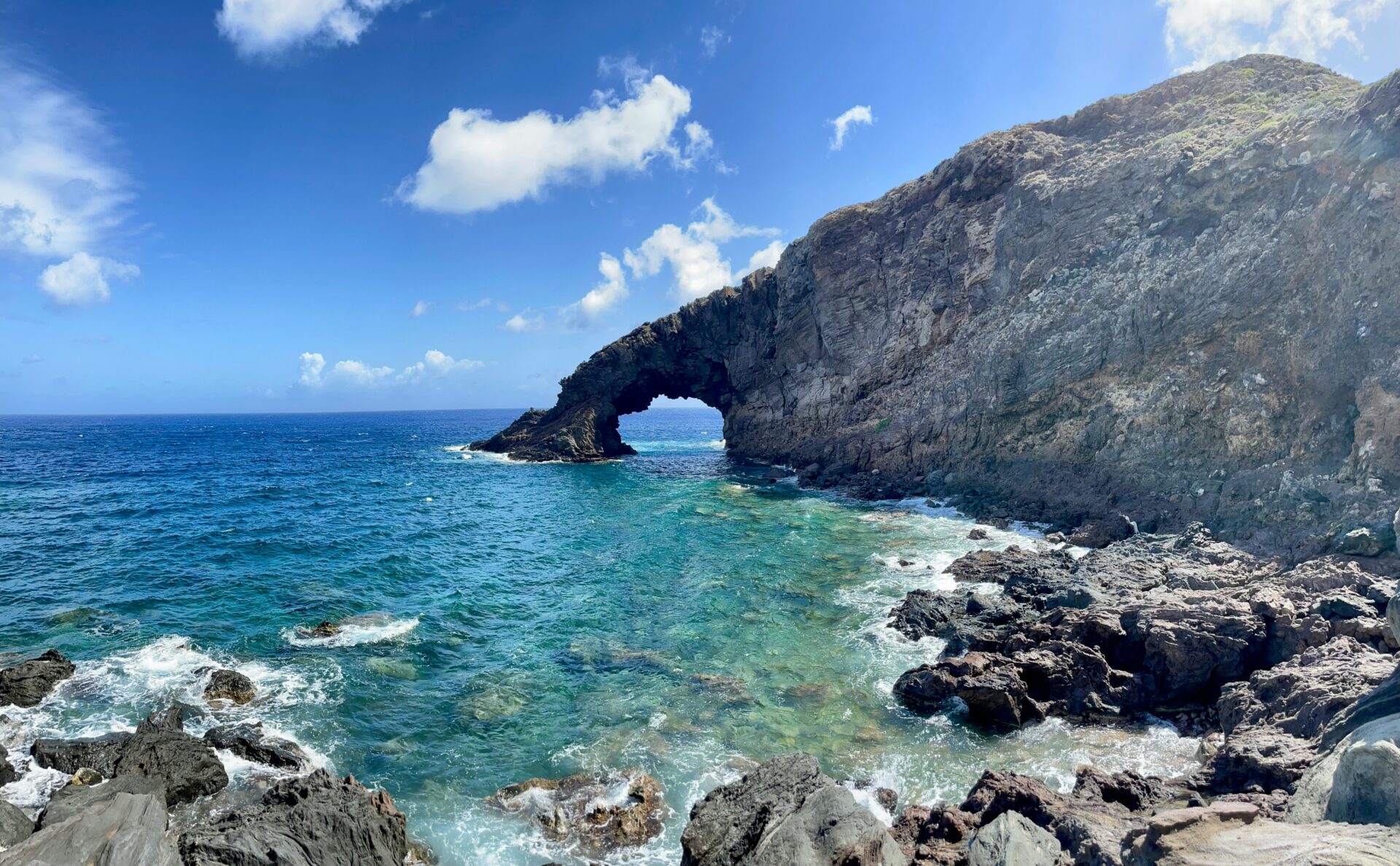
Epic Views and Island Excursions
Pantelleria’s interior offers adventures that rival anything on the coast. I rented a Jeep because the terrain gets rough, but it gave me access to views that honestly left me a little awestruck.
Montagna Grande stands as the island’s highest point at 836 meters. If you make the hike, you’ll catch sweeping views that, on a clear day, stretch all the way to Tunisia.
The hike takes about three hours round-trip. I’d say it’s absolutely worth the effort.
You shouldn’t skip Specchio di Venere (Venus’s Mirror), a stunning blue-green lake tucked inside a volcanic crater. I spent an afternoon here slathering mineral-rich mud on my skin—a free spa day in a landscape that feels almost prehistoric.
If you want something memorable, book a sunset tour to Arco dell’Elefante. It’s a natural rock arch that really does look like an elephant drinking from the sea.
When the golden hour light hits the volcanic rock, you’ll snap photos that might just outshine the rest of your trip.
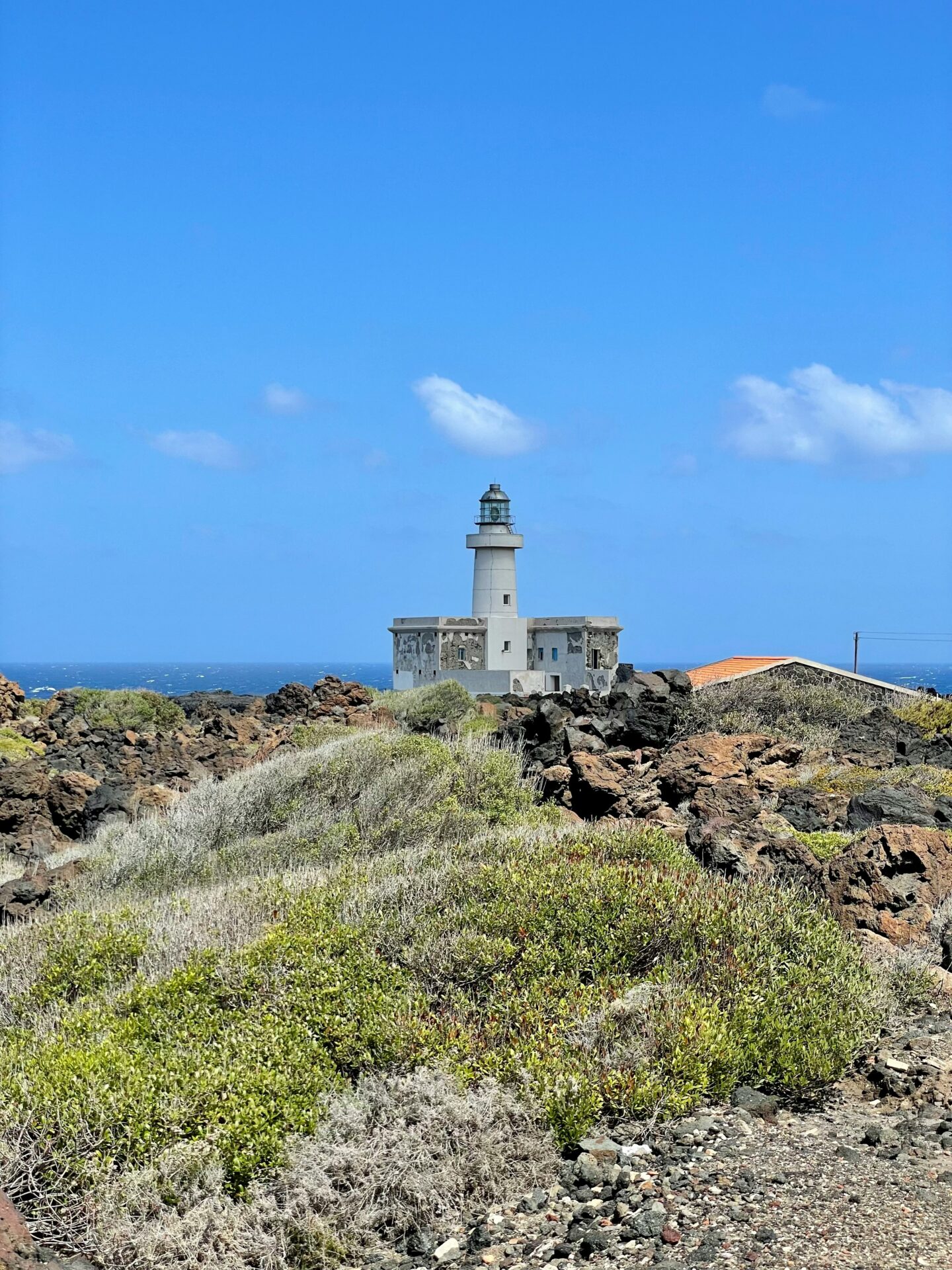
Eating and Exploring: Restaurants and Day Trips
Pantelleria serves up both fantastic food and island-hopping adventures that capture Mediterranean life at its best.
Pantelleria’s Standout Restaurants
I’ve found that Pantelleria’s food is a real celebration of honest flavors, blending Italian and North African influences. Fish couscous is the island’s signature dish, and you should try it at Ristorante La Nicchia—they pair it with whatever fresh catch came in that day.
For a sunset dinner you’ll remember, make your way to Il Principe e il Pirata. Their spaghetti with garlic, oil, and raw red snapper, served while you look out over Arco dell’Elefante, is pure magic.
The view? It’s enough to make you linger long after dessert.
Osteria Il Cappero is another spot you shouldn’t miss. Local capers—Pantelleria’s pride—show up in nearly every dish. The ravioli amari (bitter ravioli) gives you a taste of the island’s real culinary roots.
When I want something casual for lunch, I go to Trattoria Altamarea. Their seafood platters and local wines are perfect for a midday break between swimming and wandering around.
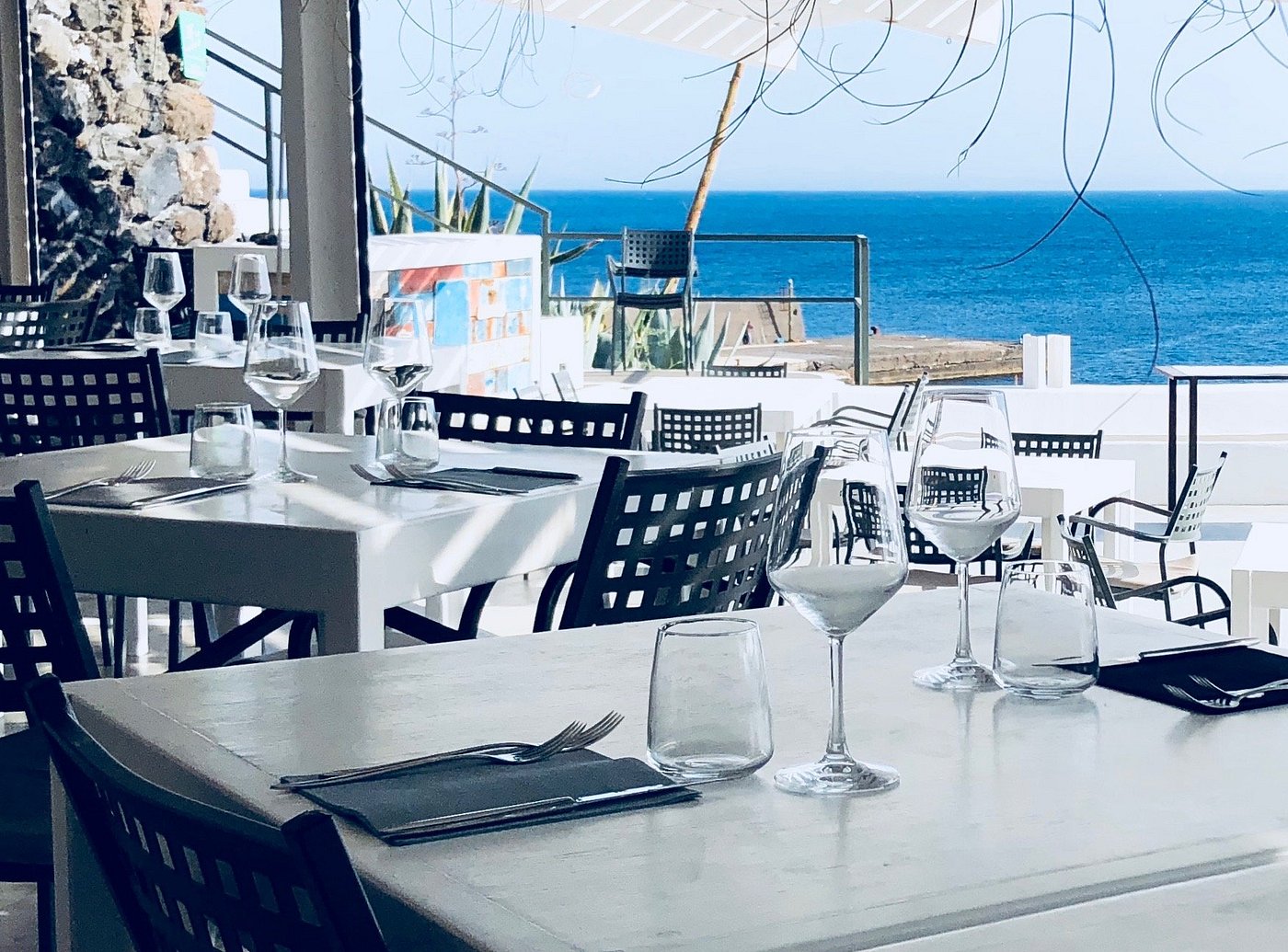
Nearby Islands for Day Trips
From Pantelleria, I’ve taken some incredible day trips to nearby islands. Each one brings something totally different to the table.
The Egadi Islands, especially Favignana with its turquoise coves, make for an excellent escape. Sometimes you just want a change of scenery, you know?
If you’re into volcanoes, the Aeolian Islands really deliver. I’d say Stromboli is a must-see for its active volcano, while Panarea has this chic, almost dreamy vibe.
Lipari and Vulcano mix things up with natural hot springs and ancient ruins. You can easily lose track of time there.
Sicily’s coastal towns are within reach for ambitious day-trippers. I managed to get to Taormina by ferry—its ancient Greek theater and those stunning beaches are honestly worth the effort.
If you’re up for a longer trip, try the La Maddalena archipelago near Sardinia. These islands have some of Italy’s most pristine beaches, and honestly, I found them way less crowded than the usual Mediterranean spots, even when it’s busy.

